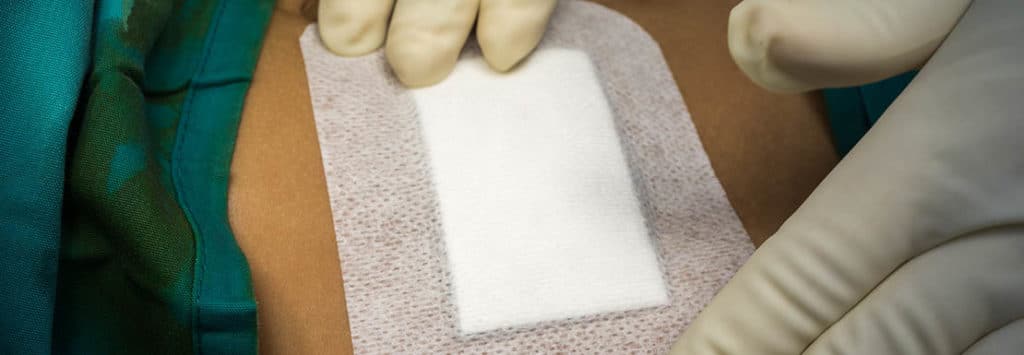Pick Up The Pace: Tips For Optimizing How Quickly A Wound Heals

Whether you have a wound from a traumatic injury, disease process or surgical procedure, the desire is to heal the damaged tissue as soon as possible. How quickly and efficiently your wound heals depends on several factors, from the type and size of the wound to your overall health and nutrition status. In general, the larger the wound, the longer the recovery process. There are some factors that can help to support the best and most timely outcome.
- Optimize the body’s response to injury through management of nutrition, hydration, and control of underlying conditions that may impact healing such as diabetes. A balanced diet will provide the body with the nutrients and energy it needs for healing. Adequate hydration is very important to prevent the skin and wound from becoming dry and dehydrated, which negatively affects wound healing and scarring. Controlling underlying conditions, including factors that impact wound healing is also imperative. Smoking, vaping and other nicotine use cessation is imperative as they been associated with higher risks of infection and wound healing complications. Diseases also have an impact on the ability of a wound to heal, such as diabetes. Ensuring that underlying diseases are addressed and managed for best possible health will impact timely wound healing.
- Follow your providers instructions for wound care, activity/rest balance, post-operative care or rehabilitation needs, follow up appointments and pain management. Your provider will instruct you on care of your specific wound. If you have questions or are concerned about the impact of these instructions, reach out to your provider to share your concerns and get additional guidance. Also important is balancing activity levels and rest. Exercise and other physical activity have been shown to help reduce the level of inflammation and promote rapid healing, but that must be balanced with rest. Sleep has an impact on the immune system and plays an equally important role in healing. Work with your provider on pain management needs as unresolved pain can have a negative impact on wound healing. Your provider is key to helping you manage the wound healing process, so be sure to keep your appointments and communicate any questions or concerns you may have throughout your care.
- Take care to keep the wound site clean and free from pressure, friction or tension. Wound infection is a serious complication that can delay wound healing. Cleansing the wound with each dressing change, and maintaining clean, moisture balanced skin is an important aspect of timely wound healing. Skin cleansers may be too harsh for wounds, so make sure your cleansing agent is specifically designed for wound cleansing to remove any dirt, debris or microbes that may place the wound at risk for complications. The wound should also be kept free from pressure, friction or tension as these reduce micro-circulation and the availability of oxygen to the wound.
A number of factors can cause delayed wound healing, but managing those within control provides the best way to optimize the overall outcome of the healing process.

To learn about a product indicated for the management of surgical wounds, please visit:




